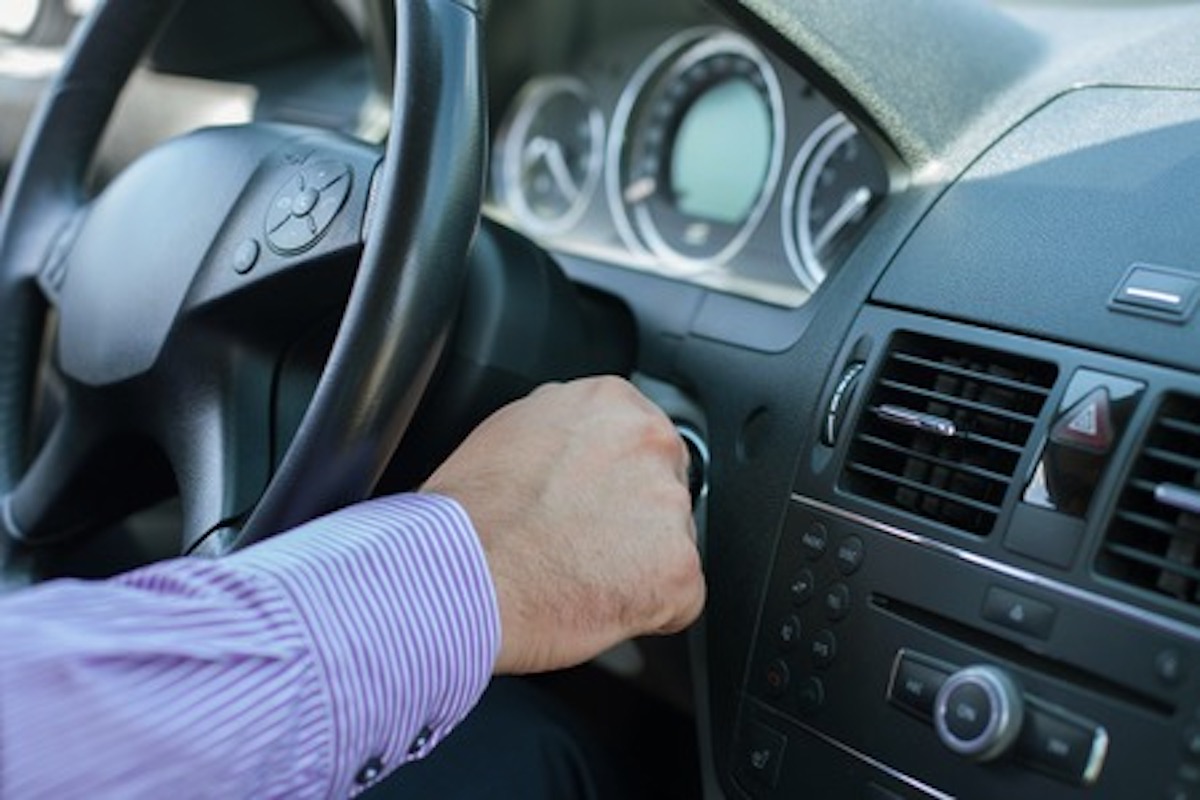There’s nothing more annoying than having plans to go out, but the car won’t start no matter how much you try. Everyone has those days, and sometimes the issue is an easy fix while others are more difficult than simply jimmying the key. The most likely cause of the issue is probably a dead battery, often the most cited reason for why car owners have trouble starting their engine. The first step can be checking the battery’s strength using a battery tester and, if the battery has drained, jumpstarting the vehicle. If the car starts then, you may have just left something running or need another battery. If not, you may have to dive deeper, so here are a few symptoms, diagnostics, and possible solutions.
Symptoms
Because there are so many parts making up a car, there is an equal number of possible reasons why a car might suddenly not start, such as the starter or the battery. When you start seeing the symptoms that possibly indicate the cause of the issue, it’s much easier to figure out a diagnosis—and whether it warrants a trip to the mechanic. Some symptoms to watch for include the following:
- Clicking noise without starting: This could just be a dead battery, but if you suspect there is another cause, inspect the wiring going into and out of the starter to check for any loose connections.
- Silent whenever ignition turns: Inspect the battery, looking at your terminal cable connections and their state of being. If they look corroded, they might need to be cleaned or replaced.
- Not starting while raining: It may be necessary to look inside the distributor cap for dampness, the location for which you can find via your car owner’s manual. To evaporate dampness inside your distributor cap, you should flip the cap upside down and then spray or pour a little solvent in it. Swish the solvent around before pouring it out. Dry the distributor cap as much as possible using a clean rag and then replace the cap.
More Complicated Possibilities
Sometimes, the symptoms indicate a more difficult issue to contend with for people doing their own repairs, with some of these issues including the following:
- Cranking without starting: Check if the spark plugs are getting an electrical spark. Upon opening your car’s hood, there is a collection of wires leading to various points on your engine compartment. The car’s spark plugs can be found at the engine end of the wires, but if this looks fine, check your fuel supply to the engine.
- Engine misses or hesitation while accelerating: Check the spark plugs, accelerator pump, the timing, and the distributor.
- Engine pings or knocks: Check the timing belt, coolant system, and your fuel’s octane rating, and then perform a compression check for your engine cylinders.
If you’re in need of a battery replacement but have never replaced one yourself, then it would be best to have a professional take care of it to ensure the job is done effectively and safely.
Think you or someone you know is in need of Behind the Wheel Training? Training Wheels is a Margate driving school specializing in teaching new teen drivers how to stay safe on the road. For more information on our lessons, please click here.
Copyright: iakovenko / 123RF Stock Photo

